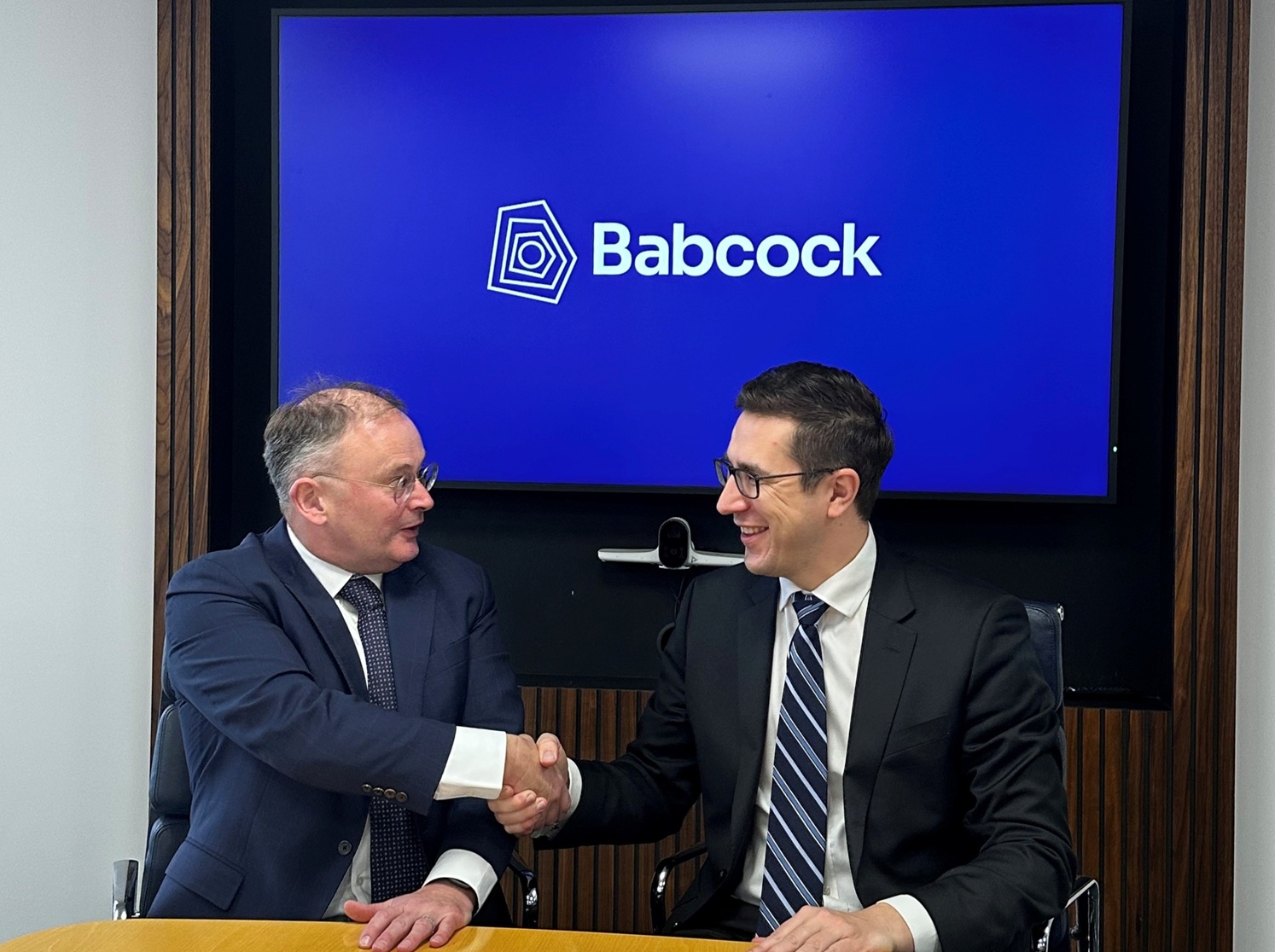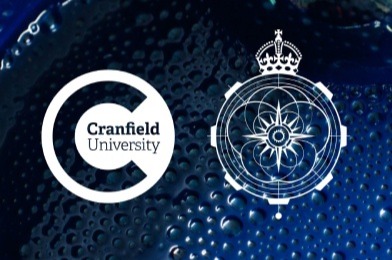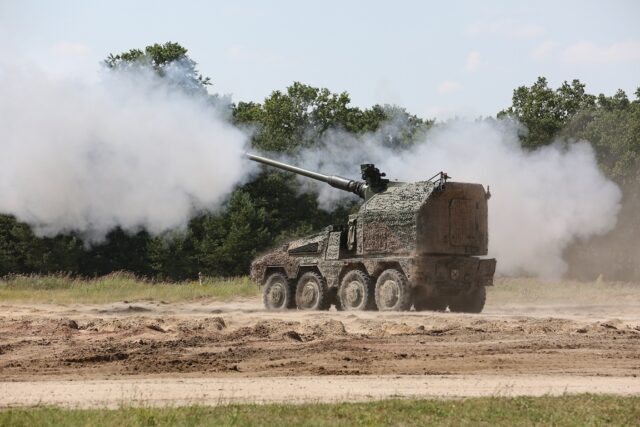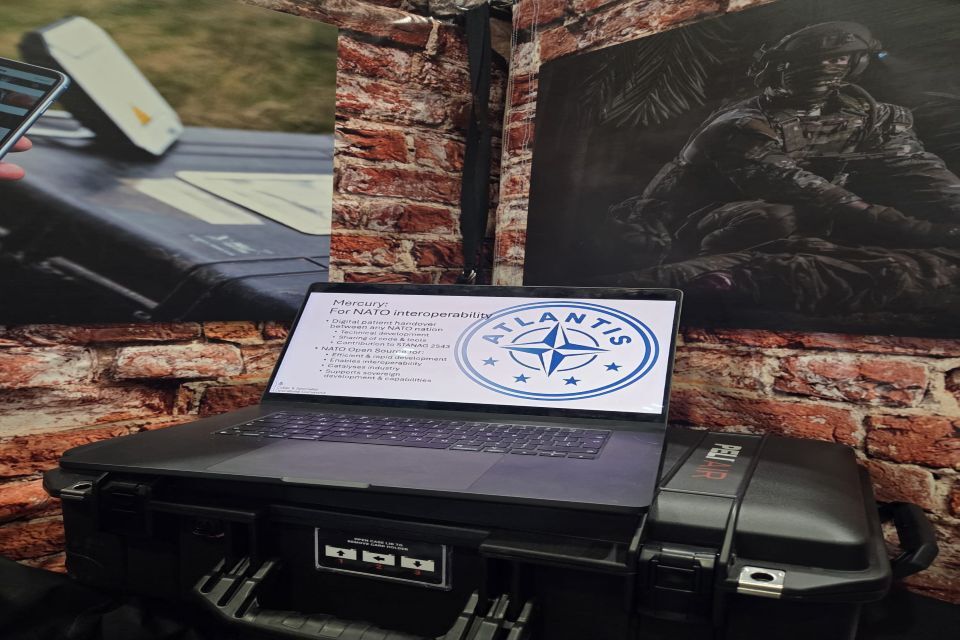QinetiQ team wins DSC contract to develop SDML

Courtesy Shutterstock
LIDAR is like radar but uses light instead of radio waves, enabling airborne intelligence, surveillance and reconnaissance (ISR) optical collection capabilities and secure, high bandwidth optical comms between land, air, sea and space nodes.
The multimillion pound contract – which will be match-funded by the QinetiQ led team – has been awarded by the UK Defence Solutions Centre (DSC). The QinetiQ led team is the winner of the UK DSC innovation 'Capability Proving' programme. The team consists of Glyndwr Innovations, Airbus and Thales to deliver the contract. The two-year programme is expected to be followed by airborne and shipborne trials.
QinetiQ’s SDML technology has huge potential for application in the military, space and commercial sectors. It delivers a range of unique benefits, including:
- In conventional LIDAR payloads, the sensing mode is ‘hard wired’ into the system. In SDML the sensing mode is wholly defined in software, which allows the single payload to switch between a number of ISR and comms modes – including 3D mapping, optical Ground Moving Target Indicator (GMTI) and target marking – without physical reconfiguration. This offers the user operational flexibility.
- Originally designed to meet the specific constraints of High-Altitude Pseudo Satellites (HAPS), SDML is an extremely compact payload that is designed to weigh just 4kg. Built to operate in challenging environments, it will also be environmentally qualified to fly up to 70,000 feet.
- Optical communication provides data transfer rates that are hundreds and even thousands of times faster than are possible with RF communications. Optical communication involves point-to-point data transfer, meaning it is covert by nature and nearly impossible to intercept. This removes problems with RF spectrum capacity and reduces operational costs as no spectrum licences and de-confliction are required.
Brian Perrett at QinetiQ said: “QinetiQ’s SDML is the only multi-function LIDAR currently in development, and represents a truly transformational capability – not simply an incremental improvement of an existing technology. We’re thrilled that the UK DSC has recognised its game-changing capabilities and potential for application. This is a great example of UK Government funding helping to bring UK innovation to market. It is also a clear demonstration of QinetiQ’s commitment to investing in the future, building on our leading position as a hub for novel high power and low power laser technology.”
Within the team, Airbus is responsible for the ground based testing and payload integration of the HAPS SDML payload. Sophie Thomas, Head of the Zephyr Programme, Airbus added: “It’s an exciting time to be working in HAPS technology as we are seeing a step change in what this technology will bring. We are looking forward to applying our knowledge and experience gained during our many hours of successful flights with the Zephyr S, our leading solar-electric, stratospheric UAV, to develop this future HAPS payload.“
“It is exciting to partner with QinetiQ and Airbus on this payload project, and it’s a great opportunity to progress the work we did during the competition to deliver a system that can give HAPS platforms exciting new capability” said Richard Hazelwood Sales Manager for Glyndwr Innovations.












